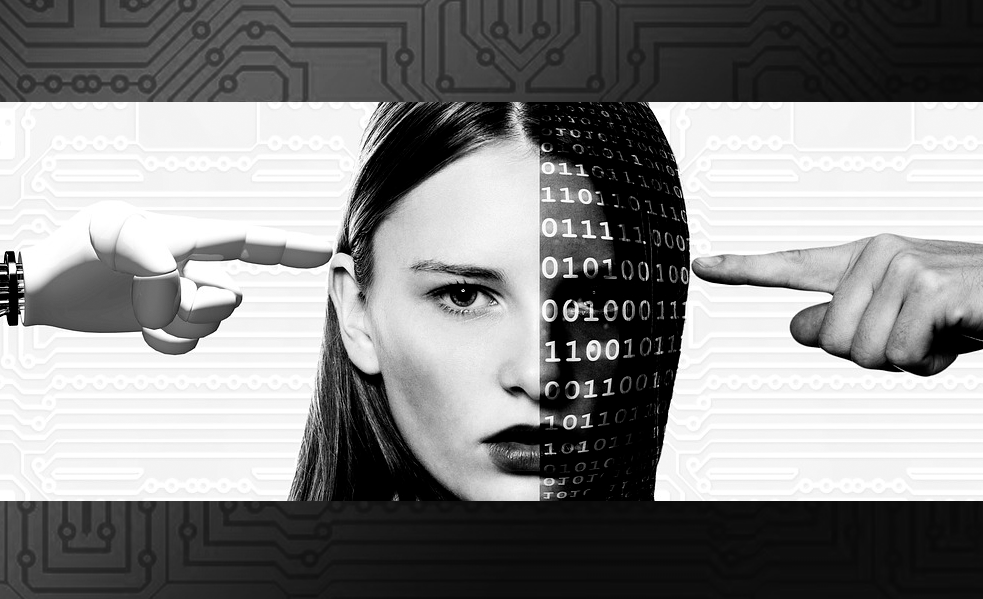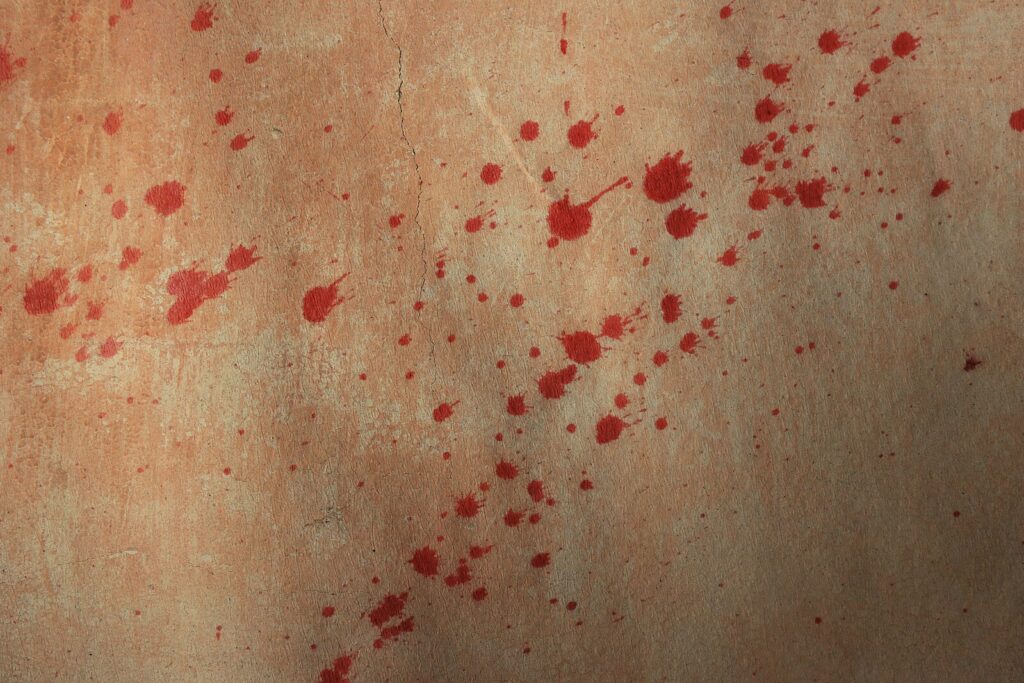Now Reading: Human DNA Quantification and Forensics
-
01
Human DNA Quantification and Forensics
Human DNA Quantification and Forensics
Human DNA or deoxyribonucleic acid is a genetic material present in each and every cell of human body except RBCs. The major source of DNA in human body are various biological fluids such as blood, semen, epithelial cells, sweat, sebum, and hair, bones, tissues, etc. DNA has its own uniqueness and individuality which often helps in Forensics in Crime scene Investigation, sexual offences, Paternity testing, etc. The use of DNA profiling in Forensics increased after Alec Jeffrey introduced RFLP in 1985.
DNA Quantification is the technique of estimating the amount of DNA in the biological sample. It not only evaluates the presence of PCR inhibitors, if any, but also focuses on establishing the concentration of DNA.
Emergence of DNA quantification saves time as it saves the efforts of redoing the experimentation by providing the information about the quantity of DNA. It informs, if DNA sample is diluted and also, that you are using right DNA species. This process assures that whatever results you are getting is referring to DNA without contaminating RNA or proteins in the sample.
Methods of DNA Quantification
1) UV Absorbance
The UV absorbance was first proposed by Warburg, O. and Christian W.(1942), used to obtain qualitative and quantitative details of DNA/RNA.
The purine and pyrimidine bases in DNA absorb UV light of specific wavelengths but the composite absorption occurs at 260 nm. A DNA solution of concentration 50 pg/ml will yield an absorbency at 260 nm.
Pros:
Fast, Easy, Reagents are not required.
Determination of proteins and phenols are possible
Cons:
Limited sensitivity, contaminants cause inaccuracies
Differentiating nucleic acid species and determining the extent of DNA degradation isn’t possible.
2) Fluorescence Measurements
DNA does not have fluorescence. It can possess the property of fluorescence with two dyes Hoechst 33258 (Brunk et al. 1979) and ethidium bromide. The maximum excitation and emission for both dyes shifts after binding to DNA. Hoechst 33258 appears to bind to A-T base pairs rich regions; whereas ethidium bromide binds between the stacked bases (Watson et al. 1987).
Pros:
Selective detection of nucleic acid species
10 times more sensitive
Cons:
Requires calibration with standards
Molecular weight of DNA and level of contamination cannot be estimated.
3) Yield Gel Measurements
Yield gels are small agarose gels containing ethidium bromide. DNA fragments are introduced to an electrophoretic separation at relatively high voltage. After the completion of electrophoresis, the gel is placed under UV light and a photograph is taken.
Pros:
Approximate molecular weight and concentration can be obtained
More rapid
Cons:
It has poor sensitivity, and does not result in a quantitation that is specific to human DNA.
Results are relatively accurate.
Yield gel measurements
(Image Source: DNA Extraction & Quantitation for Forensic Analysts.)
4) Slot Blot Assay
In this process, the genomic DNA is denatured and a tiny amount of sample is spotted onto a nitrocellulose membrane. Then, the immobilization of ssDNA is done on a nylon membrane. The targeted sequence is revealed by hybridization with a labeled 40-nucleotide probe which is complementary to an α−satellite DNA sequence at the D17Z1 locus.
Pros
Does not require DNA digestion
Easy to analyze
Cons
Not automatable, requires more efforts
Semi-quantitative
Slot-Blot Assay
(Image Source: DNA Extraction & Quantitation for Forensic Analysts.)
5) Quantitative PCR Assays
Based on the principle of PCR amplification, the quantity of amplified PCR product has a correlation with the initial amount of DNA. It includes two categories of qPCR:
A) End-point PCR methods measure the amount of synthesis of amplified product during PCR at the end of the reaction. Usually, the fluorescence is emitted by the dyes that intercalate into the dsDNA. The yield of amplified DNA is detected from the amount of fluorescence emitted by dyes.
B) Real-time PCR methods can quantify the amplified DNA during the exponential phase of PCR.
Exponential phase by RT-PCR
(Image Source: Quantitation of DNA for Forensic DNA Typing by qPCR (quantitative PCR))
6) Real-Time Quantitative PCR
Real-time quantitative PCR was developed earlier in 1990s, and analyzes the cycle-to-cycle change in a fluorescence signal due to the amplification of a target sequence during PCR. A PCR is monitored by fluorescence reporter by increasing the molecules as products accumulate with each round of amplification.
Pros:
Sensitivity in picogram range
Ability to design in sequence-specificity
Cons:
Requires calibration with standards
Requires expensive reagents and instrumentation
Time-intensive assay
Forensic Significance:-
The quantitation of DNA plays a central role in all areas and applications of forensic DNA analysis such as a discrete windows of DNA concentration are allowed for amplification of the 13 CODIS STR loci with the commercial kits that are used for forensic casework and databank genotyping.
DNA quantification is needed in detecting cell-free fetal DNA in the maternal circulation and also for procedures like Next-Generation Sequencing (NGS), Polymerase Chain Reaction(PCR), Real Time-Polymerase Chain Reaction(RT-PCR), quantitative-Polymerase Chain Reaction(qPCR), cloning, etc.
This method can be useful to know whether the available sample is sufficient for experimentation or not. Quantitation not only estimates the molecular weight and concentration but also states whether the sample has right and non-contaminated genetic material.
References
- Timket, M., Swango, K., Orrego, C., Chong, M., & Buoncristiani, M. (2005). Quantitation of DNA for Forensic DNA Typing by qPCR (quantitative PCR): Singleplex and Multiplex Modes for Nuclear and Mitochondrial Genomes, and the Y Chromosome.. Ncjrs.gov. Retrieved 2 October 2020, from https://www.ncjrs.gov/pdffiles1/nij/grants/210302.pdf.
- Ricci, U., Marchi, C., Previdere, C., & Fattorini, P. (2006). Quantification of human DNA by real-time PCR in forensic casework [Ebook]. International Congress Series 1288 (2006) 750 – 752. Retrieved2October2020, from
- https://www.isfg.org/files/67dcf7d7d9946629c70003d18d286e67abe87cfd.0600077x_613929581202.pdf.
- Nurun Nahar Sultana, G., & Zakir Sultan, M. (2018). Mitochondrial DNA and Methods for Forensic Identification. Juniperpublishers.com. Retrieved 2 October 2020, from https://juniperpublishers.com/jfsci/pdf/JFSCI.MS.ID.555755.pdf.
- Pachchigar, K., Khunt, A., & Hetal, B. (2016). DNA QUANTIFICATION [Ebook]. Retrieved 2 October 2020, from
- http://www.researchgate.net/publication/318744511_DNA_QUANTIFICATION.
- Samuel Baechtel, F. THE EXTRACTION, PURIFICATION AND QUANTIFICATION OF DNA [Ebook]. Retrieved 2 October 2020, from
- https://projects.nfstc.org/workshops/resources/literature/Extraction/05_The%20Extraction,%20Purification%20and%20Quatification%20of%20DNA.pdf.
- DNA Extraction & Quantitation for Forensic Analysts. (2008). [Ebook]. Retrieved 2 October 2020, from https://www.sjsu.edu/people/steven.lee/courses/c2/s2/DNA%20Extraction%20and%20Quantitation%20for%20Forensic%20Analysts.pdf.
- Li, R. (2011). Forensic biology (pp. 211-221). CRC PRESS.
- Choosing the Right Method for Nucleic Acid Quantitation. Promega.in. (2020). Retrieved 3 October 2020, from https://www.promega.in/resources/pubhub/choosing-the-right-method-for-nucleic-acid-quantitation/.
- Blouin, J., Rahmani, Z., & Chettouh, Z. (2020). Slot Blot Method for the Quantification of DNA Sequence and Mapping of Chromosome Rearrangements: Application to Chromosome 21. American Journal Of Human Genetics, 46, 518-526. Retrieved 3 October 2020.
- Co.KG, B. (2020). DNA quantification – Berthold Technologies. Berthold Technologies GmbH & Co.KG. Retrieved 3 October 2020, from https://www.berthold.com/en/bioanalytic/applications/dna-quantification/.
- Nucleic Acid Analysis. Promega.com. (2020). Retrieved 3 October 2020, from
- https://www.promega.com/nucleic-acid-analysis/.








